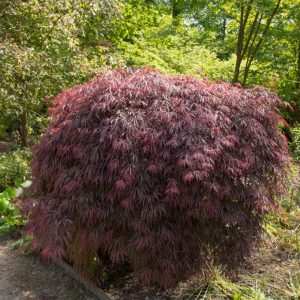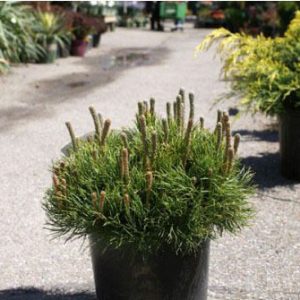Description
Lychnis – Viscaria – Campion – Catchfly –
There are about 20 species of biennials and perennials in this genus. They occur in sites ranging from damp meadows and woodland to alpine habitats, in Northern Temperate and arctic regions. They have erect, usually branched stems, and simple, often hairy leaves held in opposite pairs. The flat, 5 petalled, salverform to tubular or star shaped flowers occur in scarlet, purple, pink, or white, and are either solitary or held in terminal cymes or occasionally panicles. The petals are notched or deeply forked. Grow the larger perennials in a sunny border or wild garden, the smaller, alpine species in a rock garden, the biennials in an annual or herbaceous border.
Grow in any moderately fertile, well drained soil in full sun or partial shade. Deadhead frequently to prolong flowering. Divide in early spring.
Prone to anther smut and leaf spots.
L. coronaria ‘Angel’s Blush’ – Dusty Miller – Rose Campion – Mullein Pink – This erect, clump forming, woolly, silver-gray biennial or short lived perennial from Southeastern Europe grows 30″ tall and 18″ wide. It produces ovate-lance-shaped, silver-gray leaves: the basal leaves up to 7″ long, the stem leaves up to 4″ long. Throughout summer it bears long stalked, salverform, rounded, white flowers with cerise eyes, 1 1/4″ across, with slightly reflexed, shallowly 2 lobed petals, are held in few flowered, terminal cymes, they open singly, but in long succession. Self seeds freely and is drought tolerant.
Zones 3-8





